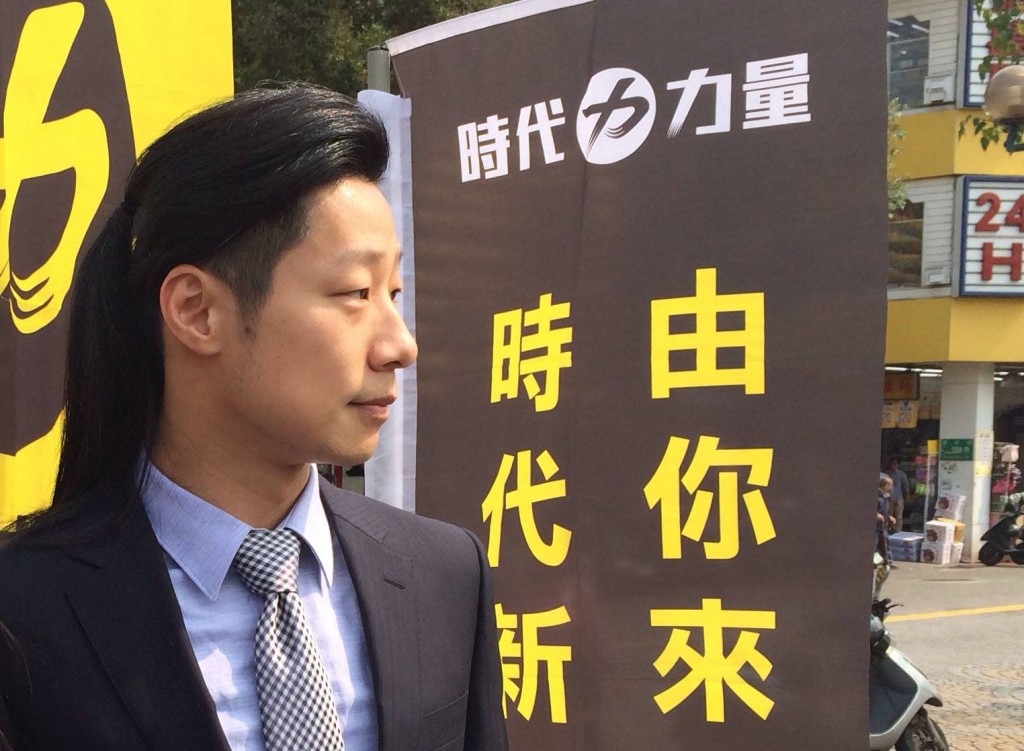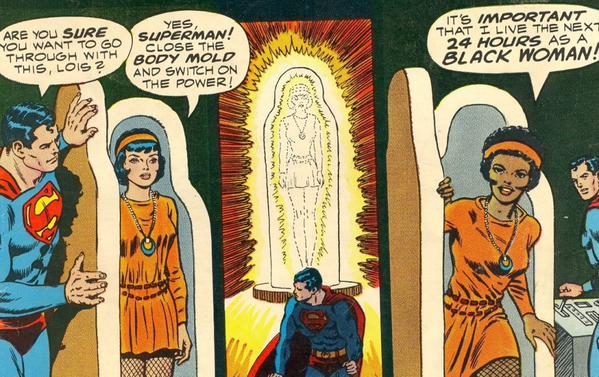In their essay “Whatever Happened to Empathy?” Hollan and Throop1 cite the ambivalence that Franz Boas felt about the usefulness of the concept for ethnography:
On the one hand, Boas seemed to champion empathy when acknowledging that the ‘‘needs of anthropological research have led many investigators to adapt themselves as thoroughly as may be to the ways of thinking of foreign tribes and peoples . . .” And yet, on the other hand, Boas remained decidedly suspicious of such empathetically based approximations of other lifeworlds, given his views on . . . the problems inherent in inferring similarities based on observed likenesses in outwardly perceptible behaviors and effects.
Another way of putting this might be to say that a little empathy aids in interpretive understanding, but too much empathy gets in the way of rational explanation. Maybe this is the case. I certainly think that studies of nonhuman animals tend to suffer from either a total lack of empathy or a surfeit of anthropologizing that refuses to recognize difference. I’m less certain how important it is to insist on recognizing difference when dealing with other humans. Talal Asad famously criticized Ernest Gellner for his insistence on difference in his article on “The Concept of Cultural Translation in British Social Anthropology” in the book Writing Culture. In that essay Asad points out that the refusal of empathy insisted upon by Gellner takes place in the context of a history of unequal power relationships between the two sides. But to the extent that we take “the culture concept” seriously, surely we must be wary of the potential of empathy to erase the differences we wish to explain?




